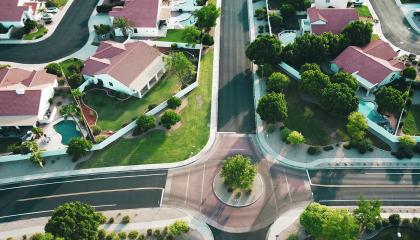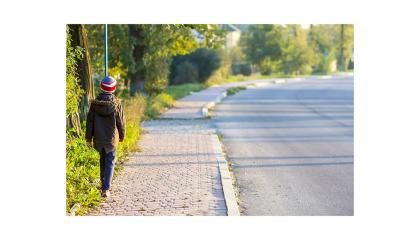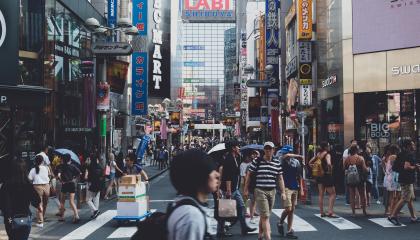While walking on the sidewalks, you may have noticed small, colorful bumps where the sidewalk meets the road. What are these bumps? Why are they placed so strategically at the edge of the sidewalk, at crosswalks, and near public transportation? What purpose do they serve? Are they there to increase the grip on the road? Or, do they serve some other purpose? Let’s find out!
An accessible world is crucial for people of all abilities to work, live, and play. However, even in the most progressive cities, people with disabilities struggle to live their lives, which only gets worse in the suburbs and rural areas.
With an estimated one billion people to become urban-dwellers by 2050, many cities recognize the need to shift to more accessibility. Beyond the physical difficulty of navigating city and suburban obstacles, many individuals with disabilities must deal with a level of fear as they try to move through a world that is more or less inaccessible.
One result of population growth within cities is something called urban expansion, which is the unrestricted growth of housing, businesses, and roads without any specific planning. Urban expansion influences cities’ social and environmental dynamics, causing a number of disadvantages, including longer commutes, higher transportation costs, pollution, and loss of countryside.
An ideal bike pathway is seamlessly incorporated into city infrastructure, easily serving cyclists and pedestrians without hampering motor vehicle traffic. Preferably in bright contrast with its surroundings, this bike pathway stands out from the pavement to provide recognizable traffic patterns that keep cyclists and pedestrians safe.
Urban planners have explored many options for bike pathways in order to determine the best option for commuters.
Residential sidewalks are located alongside a road, providing a safe walkway for pedestrians and sometimes accommodating moderate changes in the terrain.
For the urban landscape, sidewalks have become a type of no man’s land for city commuters — not only for pedestrians but also for cyclists. Since vehicles rule the road, pedestrians and cyclists are at-risk anytime they walk or ride in the road. To remain safe, city cyclists and pedestrians often turn to the sidewalk.
While many cities want their residents and commuters to move away from using cars and encourage bicycling, pedestrians in some cases see this shift as dangerous.
Connect with us
We pride ourselves on our customer service, and we'd love to hear from you! Sign up for our newsletter to keep up with industry updates and trends, as well as any new product releases.








